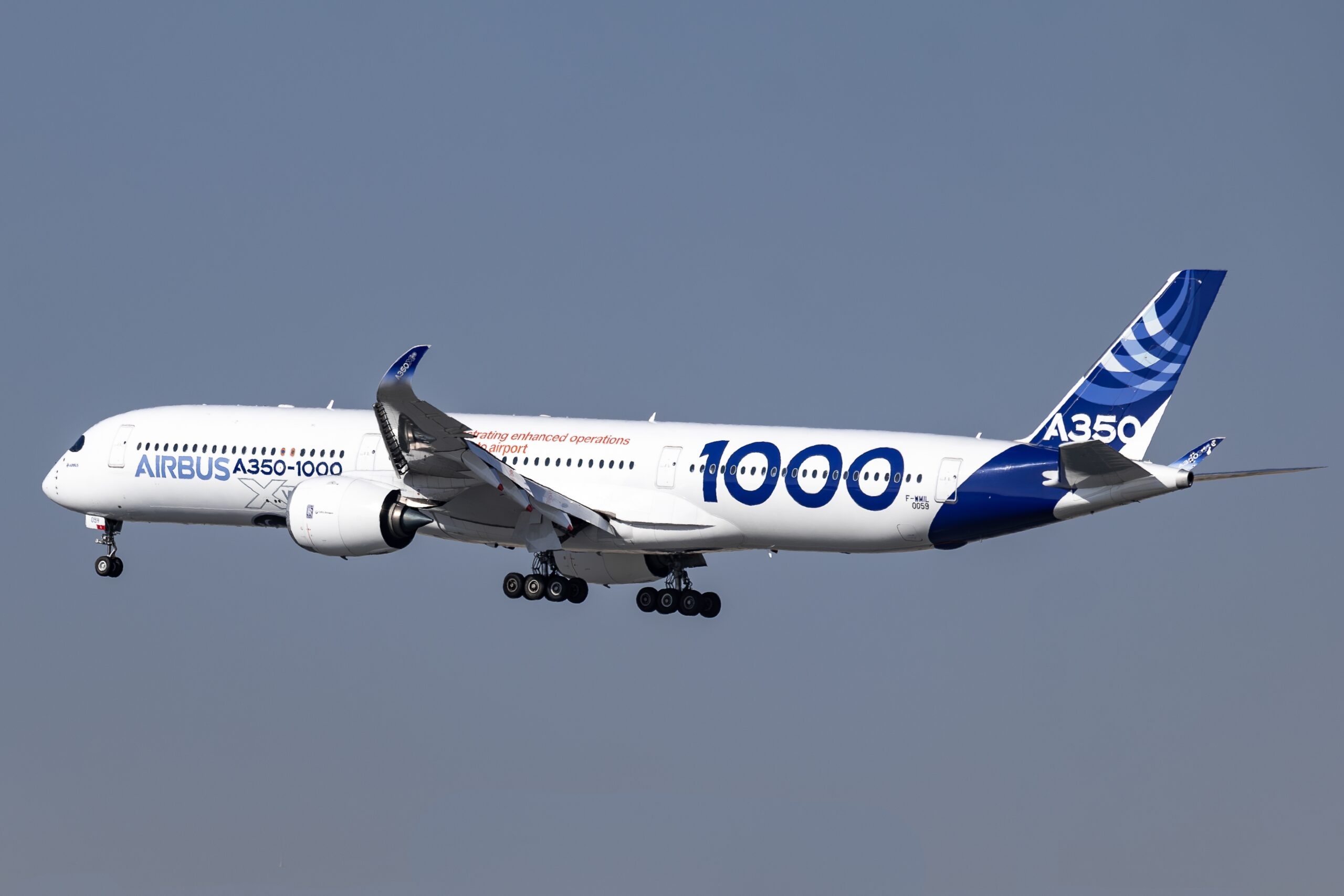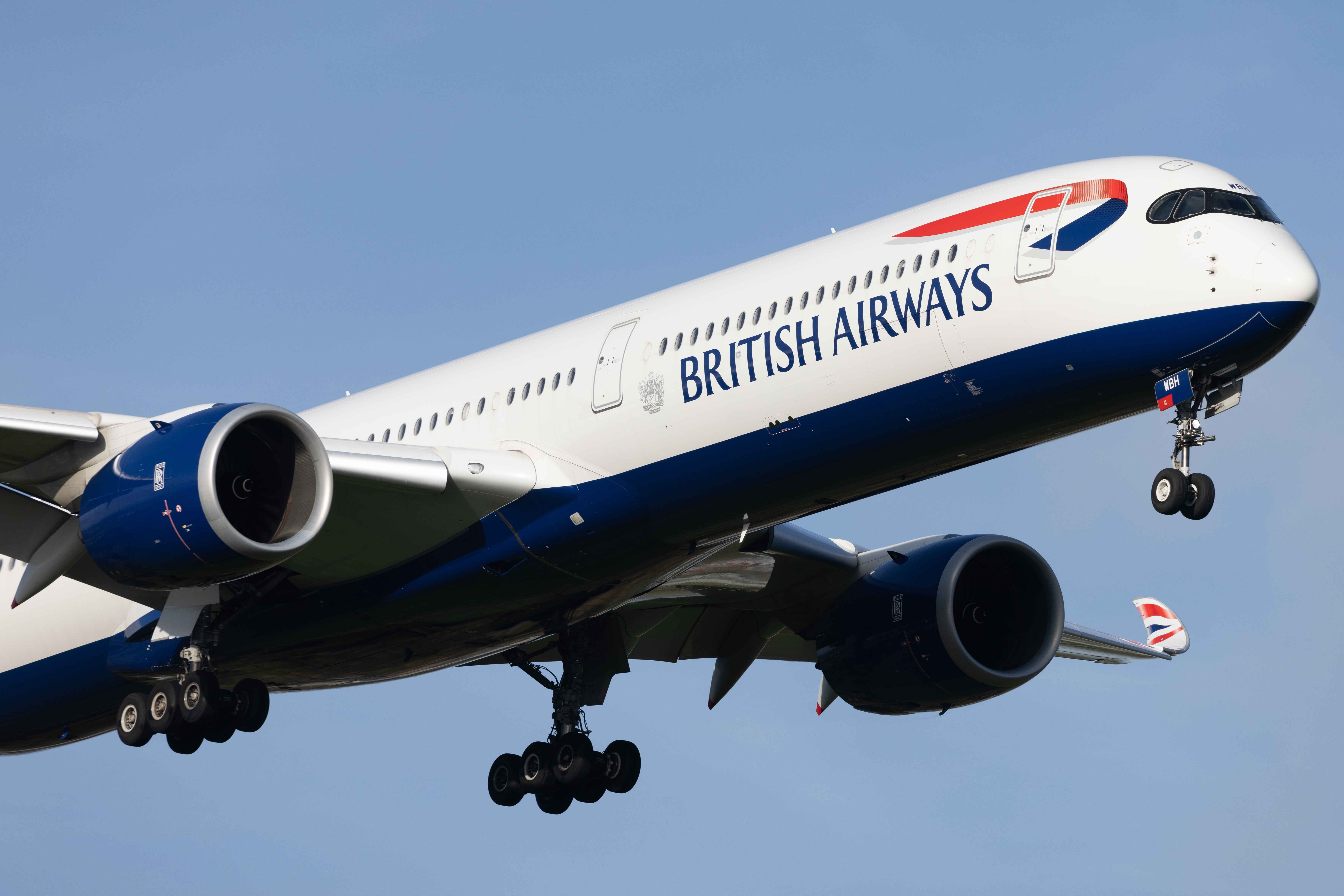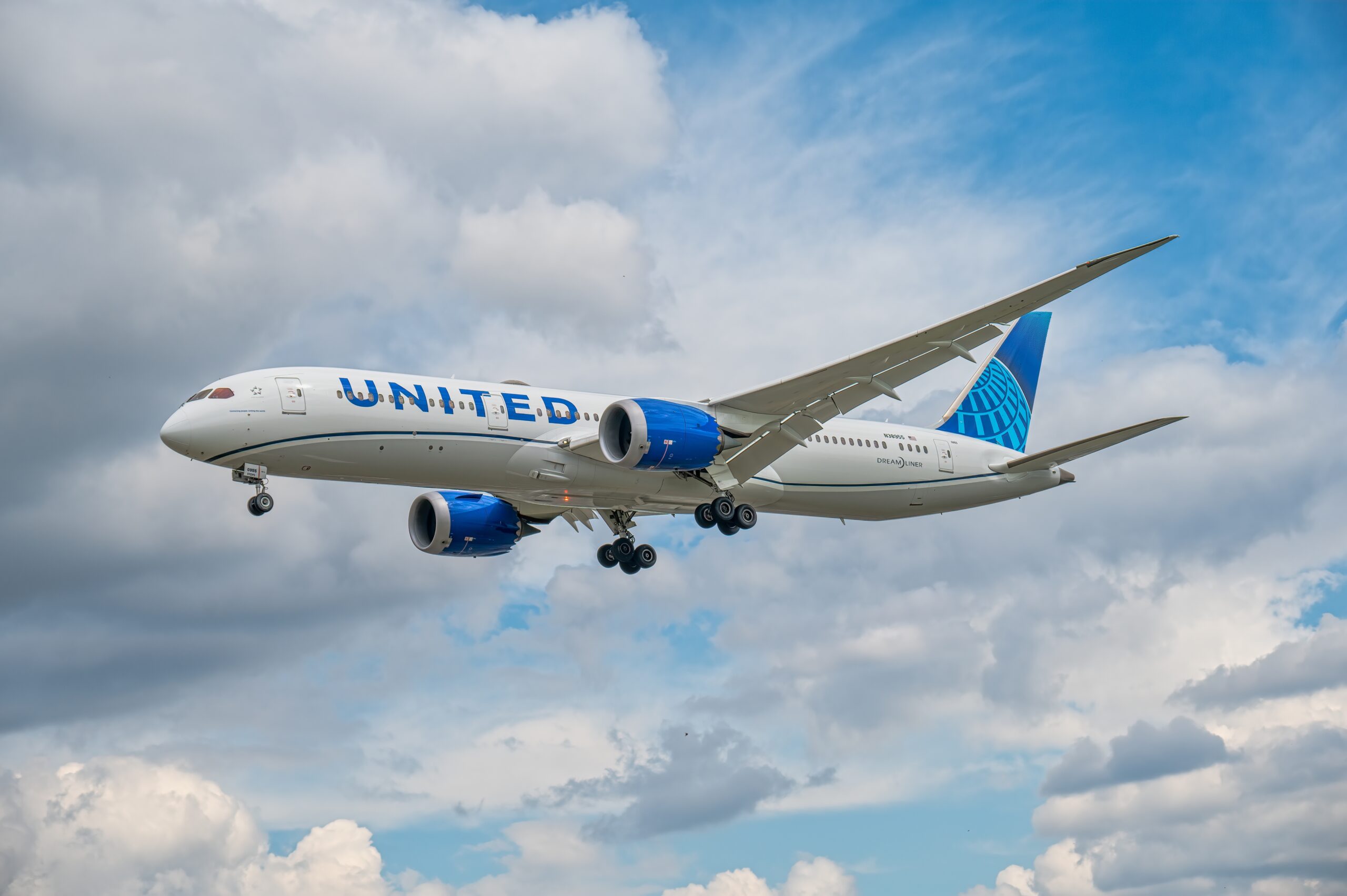Understanding ADS-B Tracker: How It Works
ADS-B stands for Automatic Dependent Surveillance-Broadcast. It is a surveillance technology aimed at enhancing the safety and efficiency of air travel. ADS-B allows airplanes to broadcast their position and other relevant information to air traffic control and other aircraft.
The Basics of ADS-B Technology
The AD part stands for Automatic and Dependent. These terms refer to the system’s automatic transmission of data and its dependence on data from the aircraft’s navigation system. Surveillance signifies its function to monitor aircraft to ensure safe travel. Broadcast underscores that information is sent out broadly to receivers within range.
Aircraft equipped with ADS-B transmit periodically about their position, velocity, and other flight-related information. The data is transmitted to ground stations and other ADS-B equipped aircraft. This constant stream of information contributes to improved situational awareness in the air and on the ground.
Components of ADS-B
ADS-B consists of two main components: ADS-B Out and ADS-B In.
- ADS-B Out: This is the transmitting component. It broadcasts the aircraft’s position, coupled with other important flight data, to ground stations and other aircraft in the vicinity.
- ADS-B In: This receiving component allows an aircraft to gather information from ADS-B Out transmissions sent by other aircraft. It helps pilots to visualize traffic and potential conflicts.
How ADS-B Out Works
ADS-B Out uses a GPS receiver to determine the aircraft’s precise location. Once the location is known, the ADS-B equipment continuously broadcasts this and other vital information such as altitude, speed, and direction. This information is sent out over a particular radio frequency (usually 1090 MHz or 978 MHz).
Ground stations and other aircraft with ADS-B In can receive these broadcasts. Ground stations relay the information to air traffic control systems, enabling controllers to maintain a refined view of air traffic.
Benefits of ADS-B Technology
ADS-B technology offers several advantages over traditional radar-based surveillance systems. It provides more accurate and frequent position updates, resulting in enhanced traffic monitoring. This increased accuracy leads to safer and more efficient flight operations. Pilots also benefit from real-time traffic displays in the cockpit, boosting situational awareness.
Another significant advantage involves coverage in remote areas. ADS-B does not rely on line-of-sight, unlike radar, which means it can offer surveillance in regions where radar coverage is limited or nonexistent.
ADS-B Receiver Setups
For aviation enthusiasts and professionals who want to track aircraft, ADS-B receivers are available for personal or organizational use. A basic setup includes a receiving antenna, a software-defined radio (SDR) dongle, and compatible tracking software. Enthusiasts set these up to capture ADS-B Out broadcasts from nearby aircraft, which can then be displayed on a map interface.
Popular ADS-B Tracking Platforms
Several online platforms provide ADS-B tracking services. These platforms gather data from a global network of ADS-B receivers and display them in user-friendly interfaces. Popular services include:
- Flightradar24: This platform is widely used for real-time aircraft tracking. It covers flights across the globe and offers multiple subscription options for enhanced features.
- FlightAware: FlightAware provides real-time tracking and historical data. It is utilized by both aviation professionals and hobbyists.
- ADS-B Exchange: This site focuses on providing unfiltered flight tracking data without any limitations. It is often preferred by aviation enthusiasts for its detailed and raw data access.
How to Set Up Your Own ADS-B Receiver
If you want to set up your own ADS-B receiver, the process is straightforward. You’ll need some equipment:
- Software-Defined Radio (SDR) dongle: Easily available online, these dongles are capable of receiving the 1090 MHz frequency ADS-B signals.
- ADS-B Antenna: A suitable antenna optimized for 1090 MHz traffic will maximize reception quality.
- Raspberry Pi or a Compatible Computer: Most setups use a Raspberry Pi, but other computers can work too.
- Tracking Software: Popular options include FlightAware’s PiAware, Flightradar24’s Feeder Software, and ADS-B Exchange’s feeder software.
Once you have your components, connect the SDR dongle to your computer, and attach the antenna to the dongle. Install your chosen tracking software, which usually involves following a setup guide provided by the software developers. Once set up, the software will decode ADS-B signals received by the dongle and display the information on your computer or contribute to a network’s database.
Legal and Ethical Considerations
While monitoring ADS-B signals is generally legal in most countries, it is essential to be aware of local regulations. The rules may vary, especially concerning the use of data for commercial purposes or redistribution of information. It is important to review and understand relevant legal frameworks to avoid any unauthorized uses of ADS-B data.
Future of ADS-B Technology
The implementation of ADS-B technology marks a significant advancement in aviation safety. Many countries have mandated its use for most aircraft. Future improvements may include enhanced satellite-based ADS-B systems, providing better coverage and even more accurate tracking information.
As technology evolves, ADS-B systems may also integrate with other surveillance methods and data sources to create a comprehensive air traffic monitoring system. This integration will further enhance safety, efficiency, and overall situational awareness in aviation.






